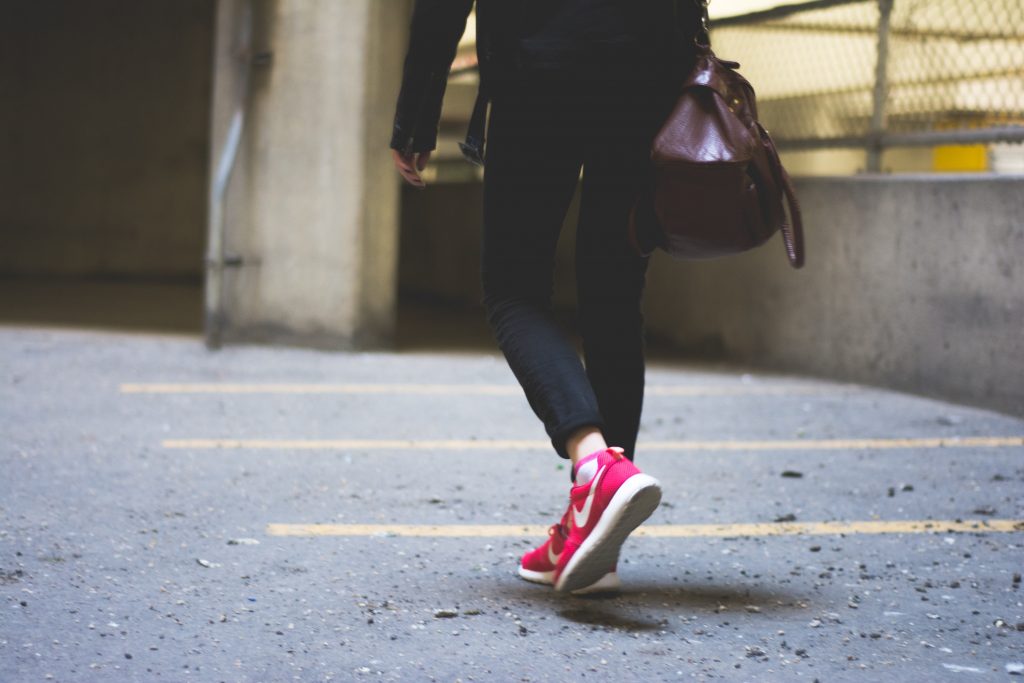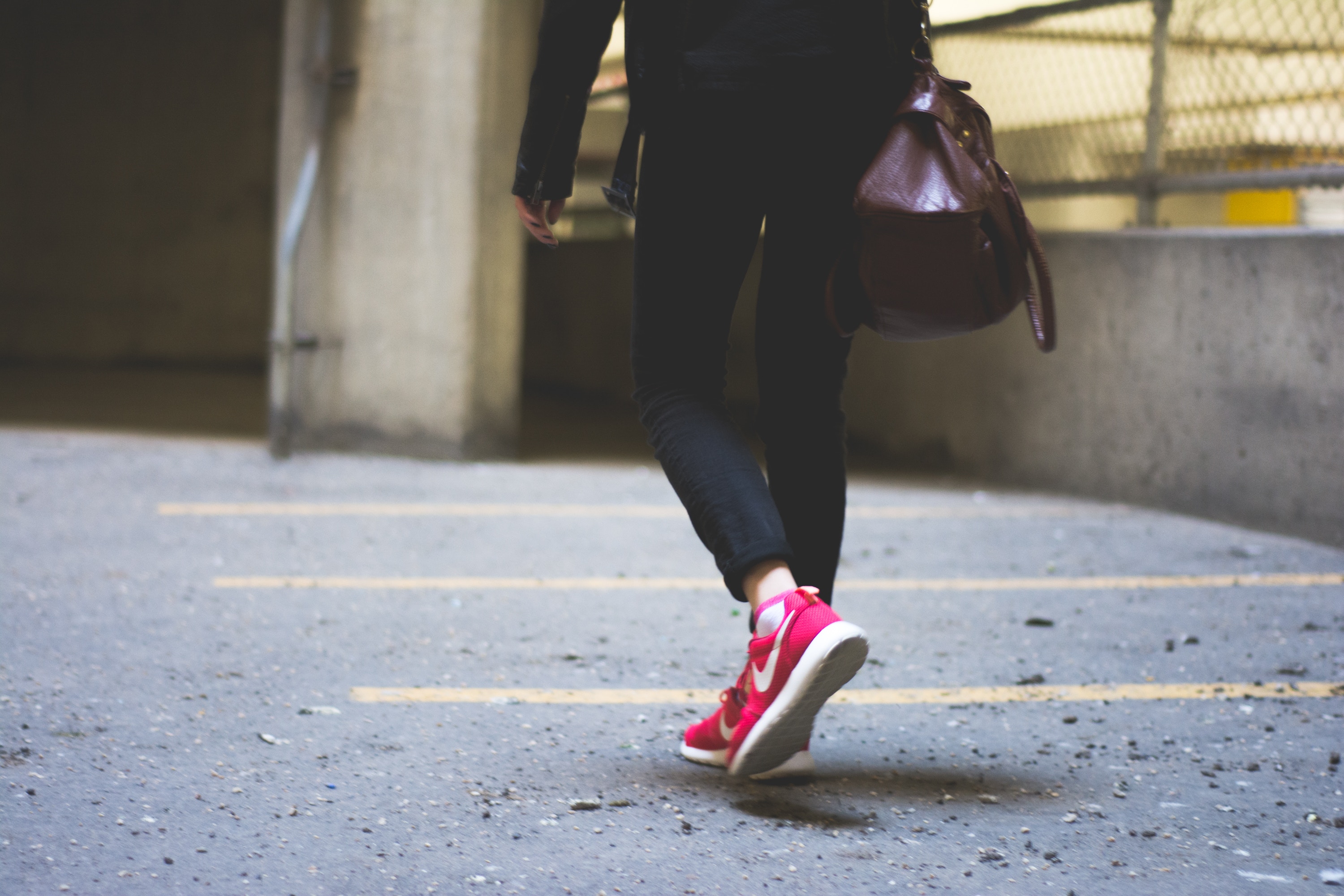
A few times a week I’ll walk into work, taking the quieter roads and as much green space as I can. This is a wonderful way to start the day, and I find I have a better day when it begins peacefully like this rather than rushed or sitting in traffic.
My commute is 50 minutes on foot, and by the time I arrive in the office, I’m feeling really energised. This is due to a few things, and in sharing them, I’m hoping you’ll review how you start your day and see if you can set yourself up for a great day with a few tweaks to your morning routine.
Make exercise part of your commute
If you can’t walk all the way to work, consider getting on the train a stop later or earlier, or even getting up early enough to have a quick walk round the park on your way to the station. A study found that a brisk 10-minute walk increases energy, plus the effect lasts for up to 2 hours! In addition, if the 10-minute walk is maintained daily for 3 weeks, overall energy and mood is lifted.
Get natural daylight as soon as possible
As soon as you wake, throw open the blinds or curtains and get natural light into the room and onto the retinas. This will trigger your circadian rhythm and if you concentrate, you should feel a shot of energy. Try it! Having a 10-minute or more dose of natural light at the start of the day (in conjunction with your commute) is great for energy levels, and may even provide you with some vitamin D3 depending on the time of year. It will also make being indoors for much of the rest of the day more bearable if you’re an office worker.
Consider buying some headphones
I’ve talked before about intersections, and what I’m about to say is a perfect example of this: I love listening to podcasts so I intersect my daily commute with content by plugging into iTunes as I walk. Alternatively, you might intersect your commute with music, which in itself can be highly energising. Headphones are a great way to fill your head with something motivating, inspiring or calming – all whilst you’re on the move.
Start the day with compound movements
Move every part of your body – perform compound movements that mobilise all the joints such as squatting, getting up and down from the floor and climbing. This can be done as part of your commute and your work day: getting up from your chair is a squat; climbing stairs is a compound movement, and many of us have to stand on the train – consider this is an excellent balancing exercise!
Think about ancestral movement
Our ancestors were on the move all day – from the moment they woke to nightfall they would be on the move whether that was foraging, cleaning, washing, hunting or defending themselves against a threat. Our movement levels are a stark contrast to this, but we need to get back to more daily life movement. Stand often, walk a lot, and sit infrequently. Consider standing meetings and walking meetings, and observe how much more productive they are.
Use a foam roller
The foam roller is one of my favourite pieces of kit and definitely the best fitness purchase you can make for under £15. It’s a cylindrical-shaped roller that you use to roll your body over (your body weight provides the pressure) and it’s a bit like having a massage. I start my day with this sometimes and it’s very energising. It can be painful if your muscles are tight, but persevere. You’ll get an endorphin kick as well as a surge of fresh blood to that area, innervating the muscles.

Leanne Spencer
www.bodyshotperformance.com
This article first appeared in the November 2017 issue of SE22 magazine.

